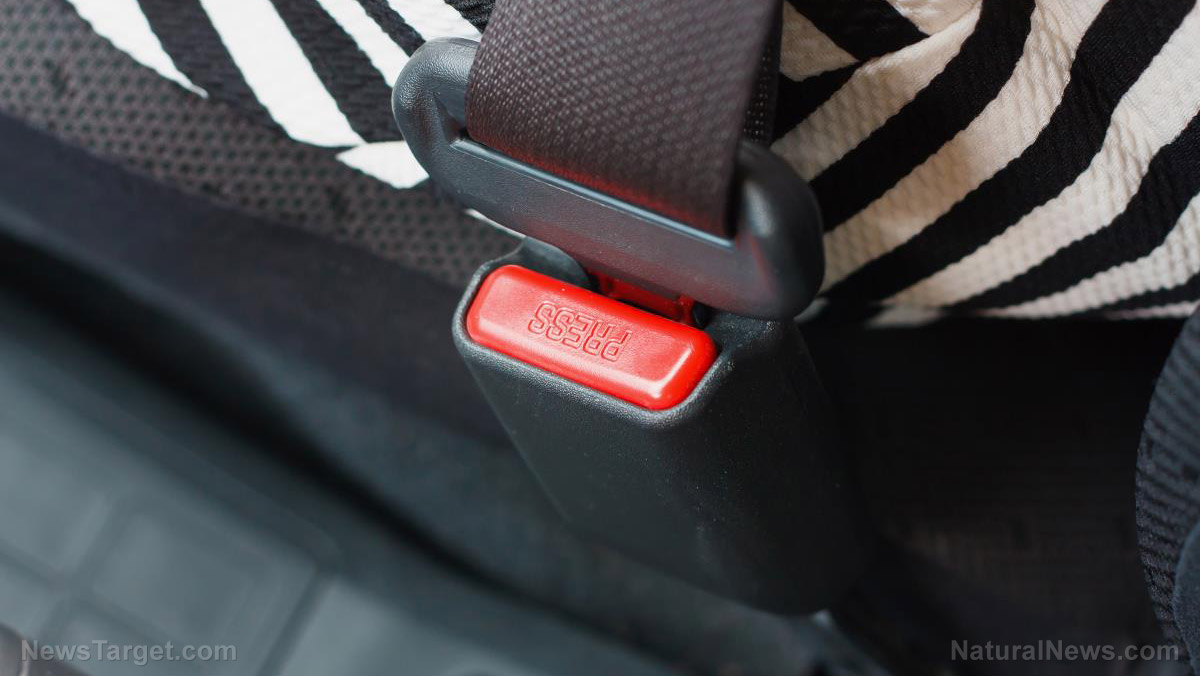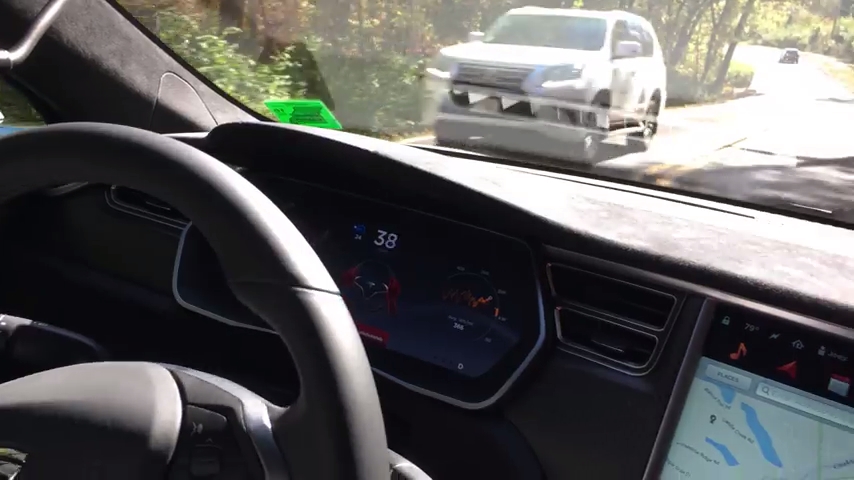
The UK police have recently begun deploying a machine that keeps a lookout for any driver who uses his phone while driving. If it spots any instance, it flashes a warning at the distracted driver to stop doing such a careless thing.
Intended to decrease the chances of avoidable deaths caused by vehicular accidents, the device can tell how many drivers on the road use phones without hands-free kits. It will flash the symbol of a mobile phone at any such vehicle to remind the driver to put away the device before he ends up in a vehicular accident.
Further, it will spot areas where people frequently use mobile phones while driving.
Unlike most examples, the device isn't a policing tool. Instead, it serves as a reminder to drivers about the dangers of distracted driving.
Developed by tech firm Wescotec, the device looks for the 2G, 3G, and 4G signals emitted by mobile phones during calls, text, or data. It only flashes warnings at vehicles with those transmissions.
It also recognizes the Bluetooth signal given off by hands-free devices. In this instance, the device will not activate its warning symbol. (Related: Logic and common sense now backed by science: Research suggests it’s safer to use hands-free devices in the car.)
UK police deploy devices that detect the use of mobile phones while driving
The first pair of detectors began their work at the A34 road in Oxfordshire. Each unit costs £6,000 ($7,319).
These devices might get transferred to different locations in the Thames Valley and Hampshire areas. If they work as designed and intended, the police might place orders for more units to cover more than two areas at the same time.
“The technology can detect when Bluetooth is being used but cannot detect if a passenger is using the phone,” explained a spokesman for the Hampshire and Thames Valley police force. “But the sign will still be activated reminding motorists of the distraction of a mobile phone whilst driving.”
The campaign received support from Kate Goldsmith, the mother of the late Aimee Goldsmith. Only 11 years old, Aimee died in a vehicular accident caused by a case of distracted driving.
Aimee was inside the family's car with her stepbrothers Josh and Ethan Houghton and the brothers' mother, Tracey Houghton. Their stationary vehicle got hit by a truck.
At the time of the accident, the driver of the truck was switching between music tracks on his mobile phone. His distraction led to the death of Aimee, Josh, Ethan, and Tracey.
Goldsmith expressed her support for any technology that would teach people about the dangers of using their mobile phones while driving.
Using a mobile device while driving is twice as dangerous as drunk driving
Road safety spokesmen warn that driving and using mobile devices at the same time make for a dangerous combination. They strongly advise drivers to avoid calling, texting, or browsing their phones while on the road.
“We welcome this technology as it will hopefully make drivers think about what they are doing behind the wheel, and encourage some to put down their phones and concentrate fully on driving,” explained road safety officer PC Liz Johnson. “Research shows us that you are four times more likely to crash if you are using a mobile phone whilst driving, reaction times are around 50 per cent slower than a driver not using a mobile phone.”
Johnson noted that texting while driving can be even more dangerous than drunk driving. A distracted driver runs twice the risk of ending up in a vehicular accident compared to an inebriated driver.
If a driver needs to use his mobile phone, he/she should either use a hands-free wireless set, pull over, or have a companion handle it.
Sources include:
Please contact us for more information.



















